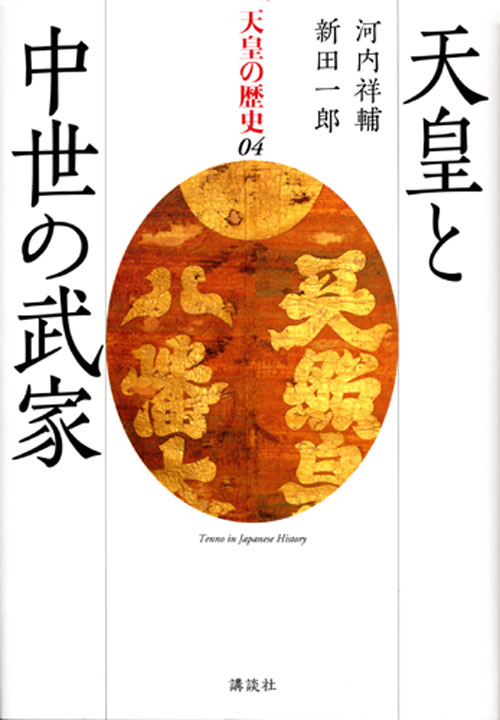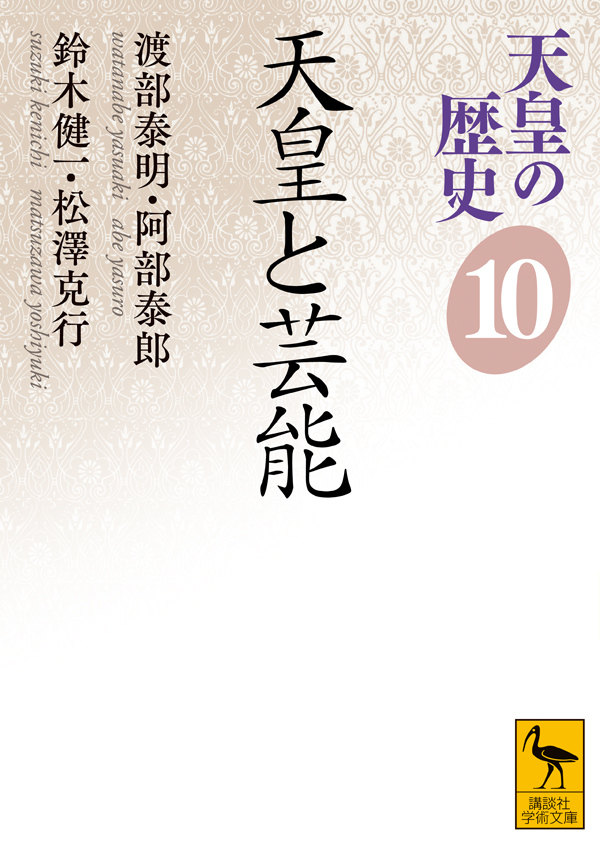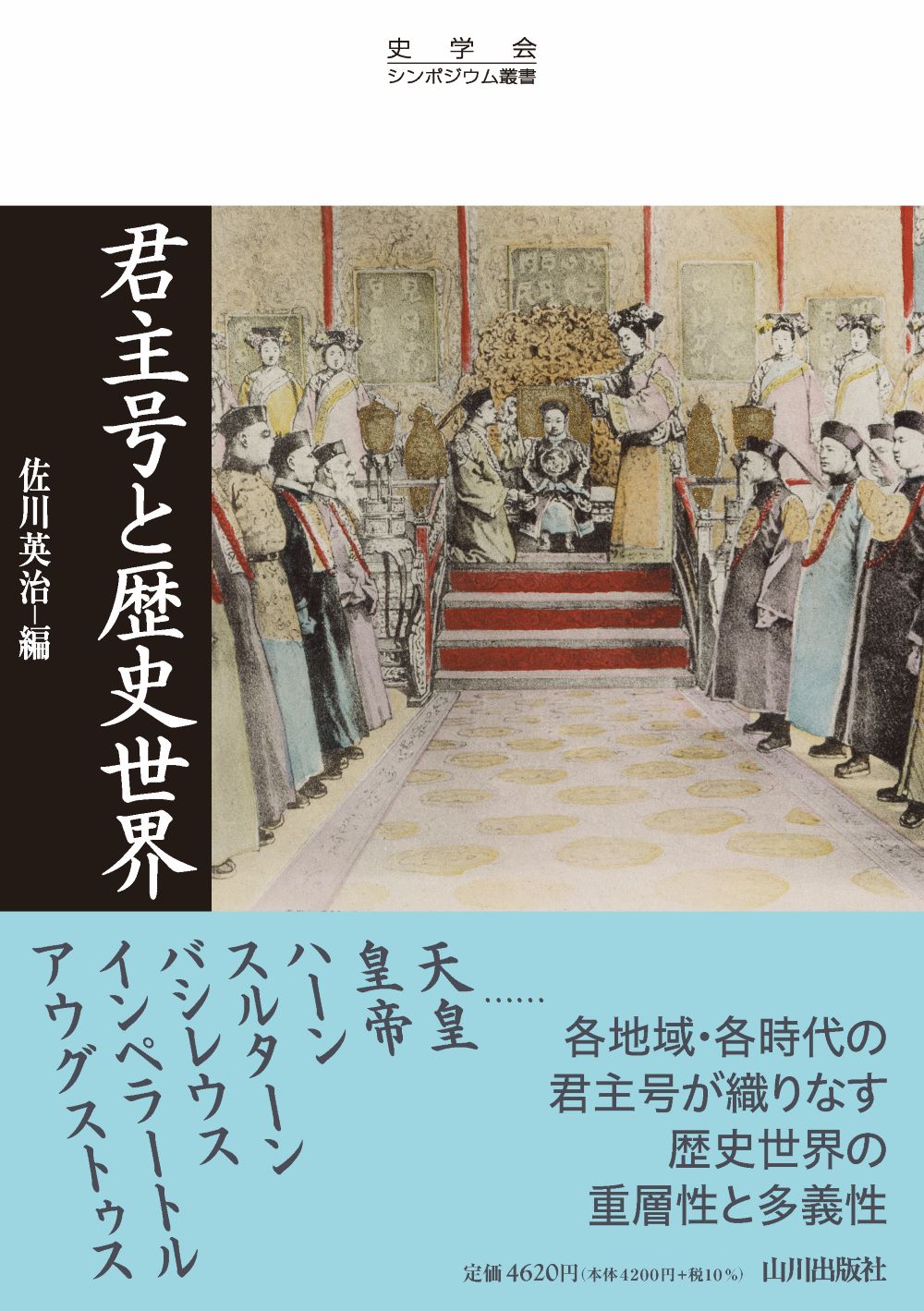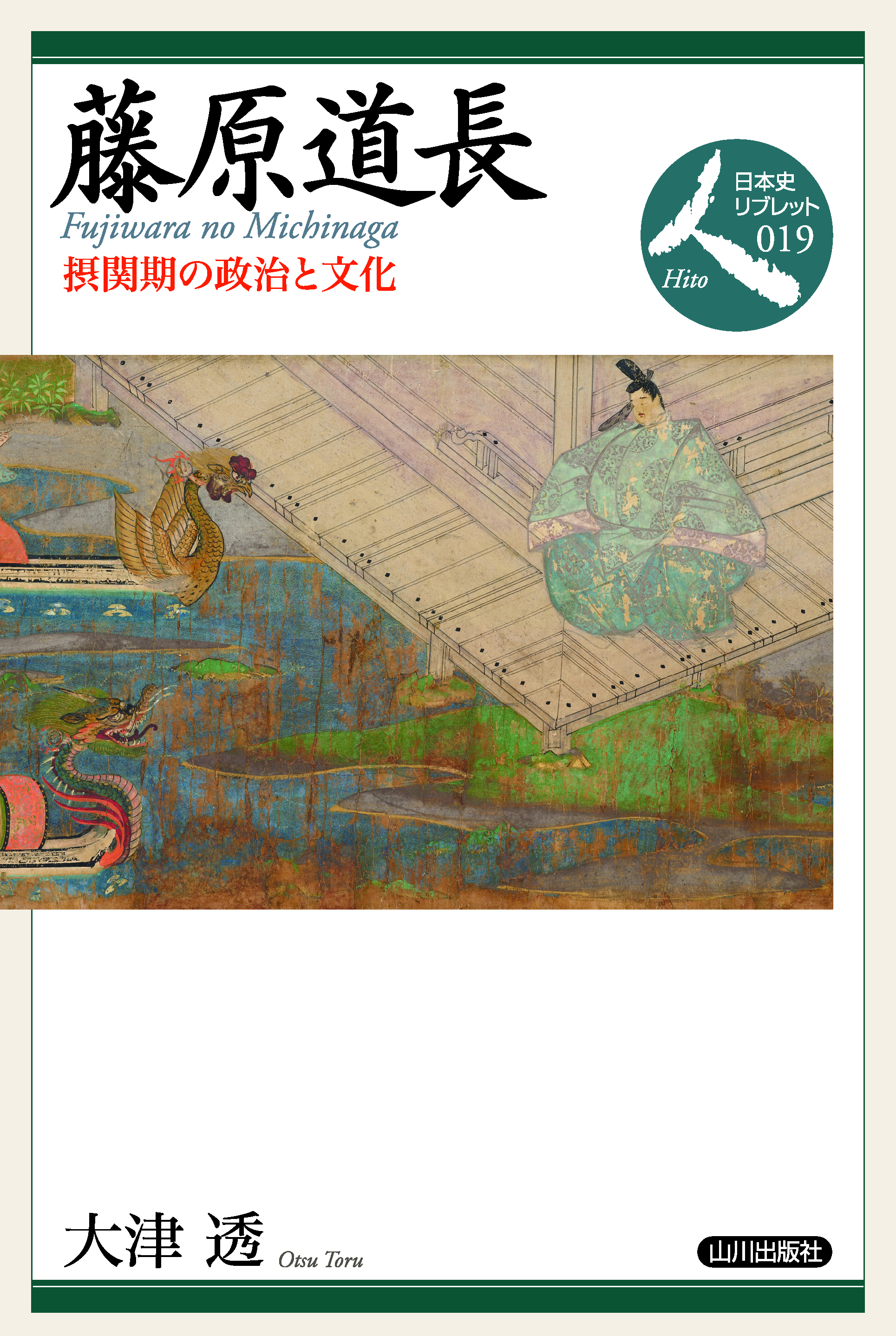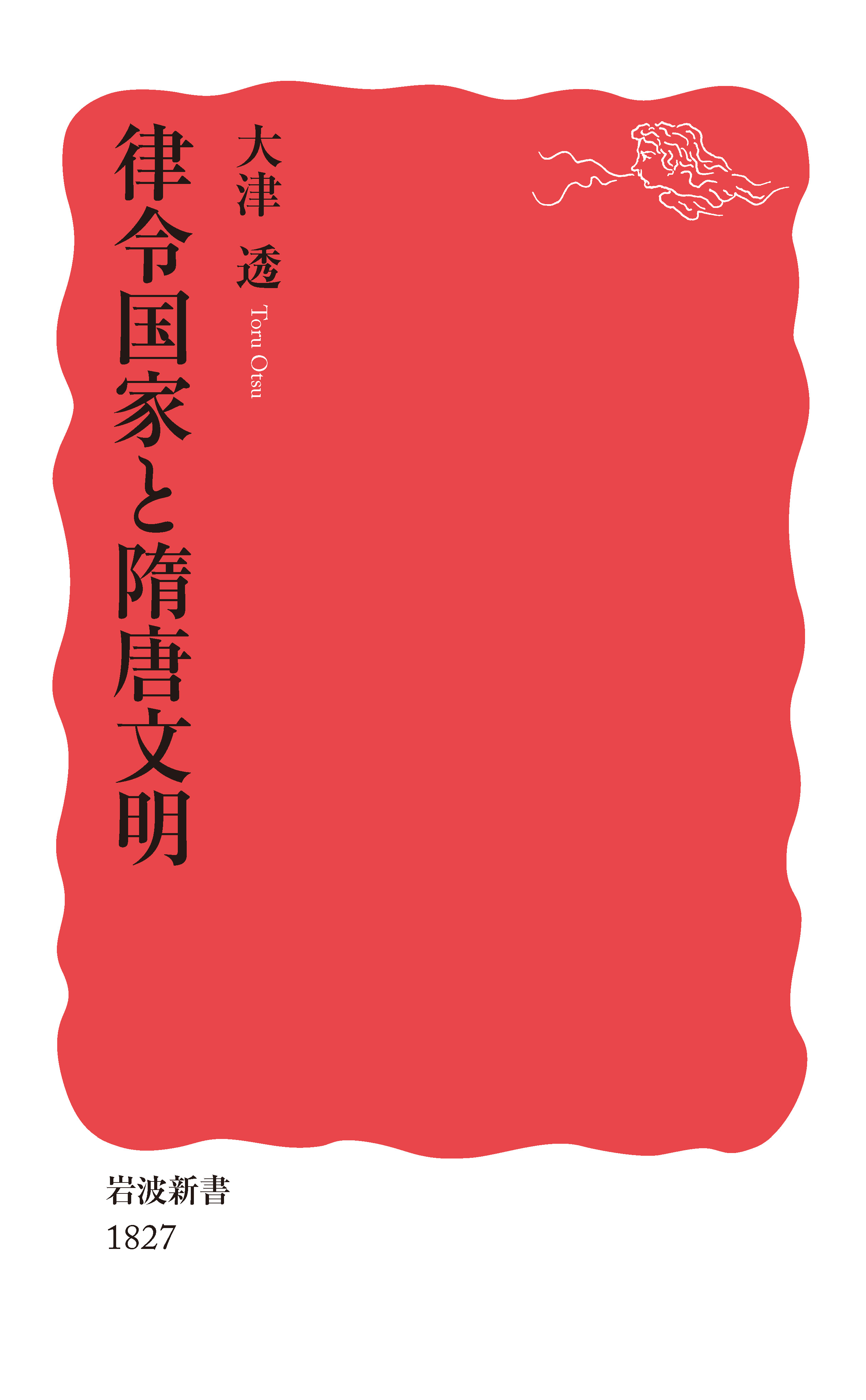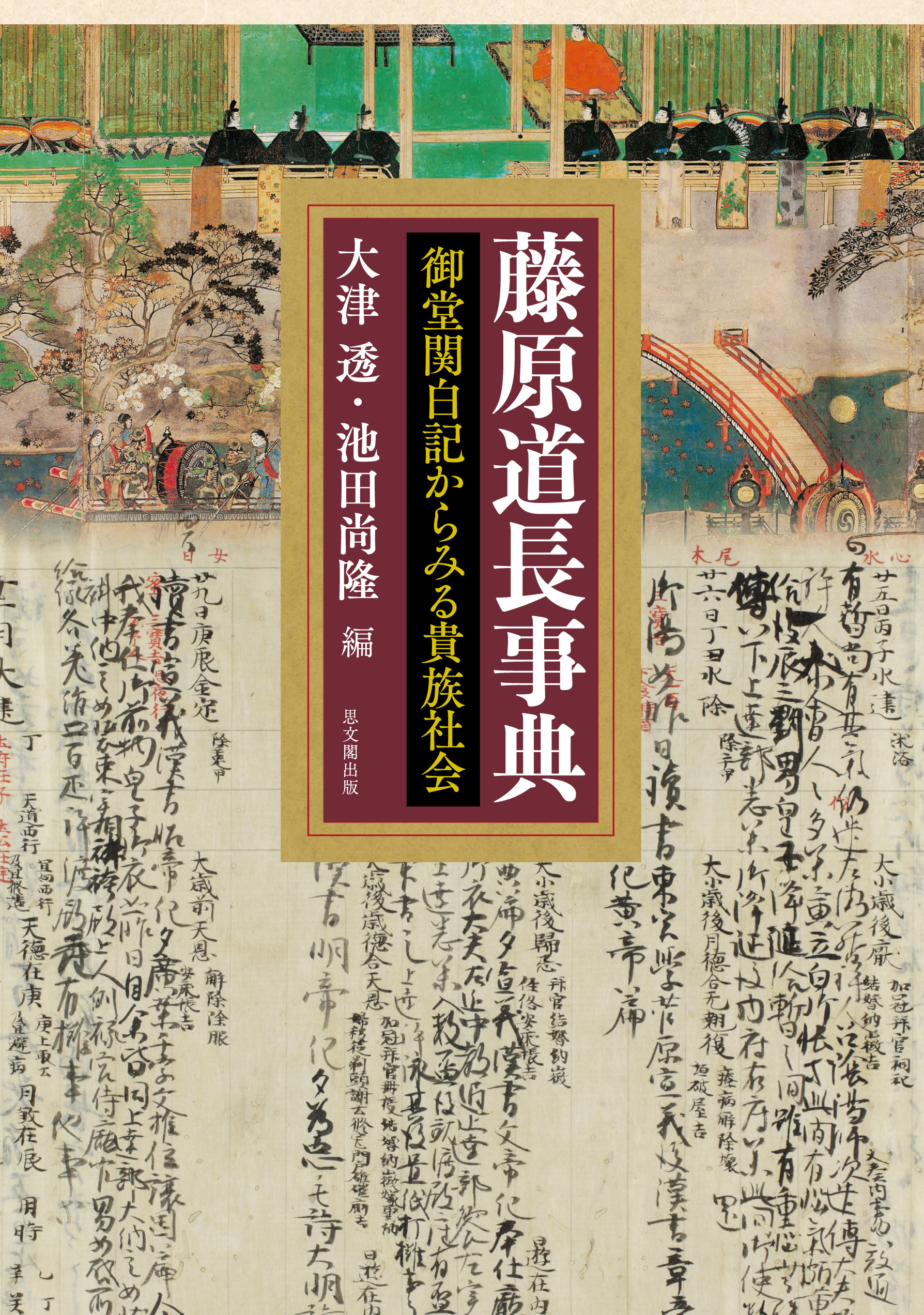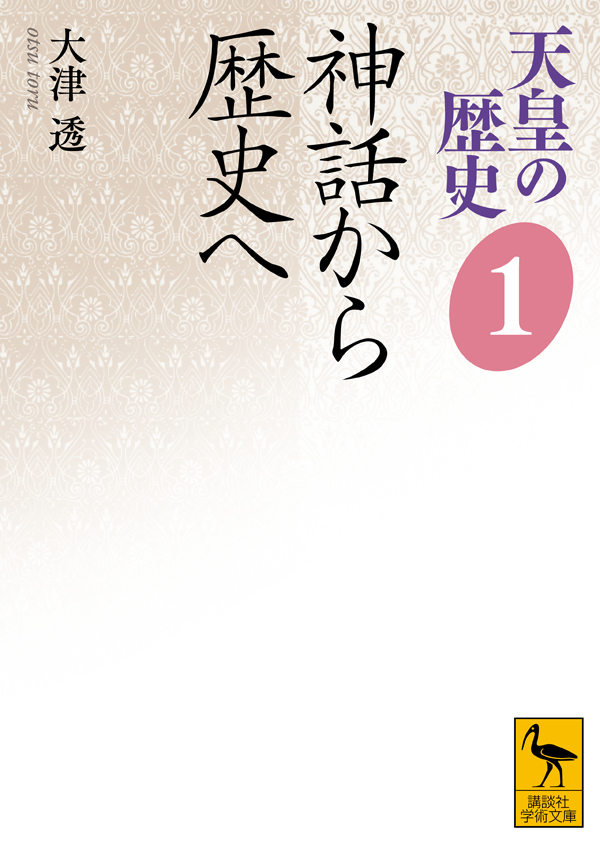
Title
Shinwa kara Rekishi e (A History of the Japanese Emperors, Vol. 1: From Myths to History)
Size
392 pages, A6 format
Language
Japanese
Released
December 13, 2017
ISBN
978-4-06-292481-8
Published by
Kodansha Ltd.
Book Info
See Book Availability at Library
Japanese Page
This book is a volume in the 10-volume series A History of the Japanese Emperors published by Kōdansha and planned and edited by myself, Kōchi Shōsuke, Fujita Satoru, and Fujii Jōji. This series consists of eight volumes covering the history of the emperors from ancient times to the Shōwa Emperor and two thematic volumes on “Emperors and Religion” and “Emperors and the Performing Arts.” This volume is the first volume in the series, dealing with the earliest period, from Himiko to the reign of Tenmu. In the introduction, coming as it does at the start of the series, we review the history of historical research on the emperors and describe background factors that have made this series possible, such as changes in the nature of historical research and advances in evidential research on the modus vivendi of emperors in the medieval and early modern periods through the analysis of rites and so on.
A distinctive feature of this book is that the history of the emperor system and the state in the ancient period is considered within the context of the world of East Asia. The female ruler Himiko, triangle-rimmed mirrors decorated with gods and animals, and the five kings of Wa all resulted from contacts with East Asia, centred on China. The title tennō (“emperor/empress”) is thought to have become established during the reign of the empress Suiko at the start of the seventh century. In the late sixth century the Sui dynasty unified China for the first time in several centuries, and unlike previous Japanese rulers, Suiko sought not to receive formal investiture from China, and tennō was probably a title devised in the course of negotiations conducted by Japanese embassies sent to Sui China. Meanwhile, the designation “Nihon” to refer to Japan was first used by an embassy to Tang China during the Taihō era at the start of the eighth century, obtaining the approval of Empress Wu Zetian of the Tang (at the time known as the Zhou dynasty). The Japanese envoys were charged with a mission to change Japan’s name from “Wa” to “Nihon,” to put the hitherto tense warring relationship with China behind them, and build a new relationship. In the second half of the seventh century the Tang had, in alliance with Silla, overthrown Paekche and then Koguryŏ on the Korean peninsula, and Japan had sent a relief force to Paekche but had been defeated at the Battle of Paekkang (Jp. Hakusukinoe). In the midst of a tense situation fraught with the possibility of being overthrown by the Tang, Japanese embassies to China at this time engaged in political negotiations and strengthened the ancient state during the reigns of Tenji and Tenmu.
Because one must rely on the Kojiki and Nihon shoki with regard to the origins of the emperor or kingship in Japan, the composition and reliability of these two works are discussed in detail. The restoration of the imperial lineage in the fourth and fifth centuries and its reliability were a central topic in postwar research on ancient Japanese history. Nowadays there are few people studying the ancient period since nothing can be said about it with any certainty, and this lack of factual knowledge is often used as an excuse for dealing with the period only cursorily. Postwar research on the myths of the Kojiki and Nihon shoki, which had begun with Tsuda Sōkichi before the war, and on the Teiki and Kyūji, the original source materials of the Kojiki and Nihon shoki, is discussed in detail in a review of prior research. Another distinctive feature of this book, also related to myths, is that attention is paid to the religious role of the emperor, and some bold views are presented on the nature of religious ceremonies and the submission of powerful provincial clans. The essence of the emperor system lies partly in the belief that the emperors are descendants of the sun goddess Amaterasu. Since the Nara period Amaterasu has been worshipped at Ise Shrine, but originally she is thought to have been enshrined on Mount Miwa in the Yamato Basin. A mirror was the object of worship, as is the case with the sacred mirror enshrined at Ise Shrine. It is to be surmised that as a result of the distribution of triangle-rimmed mirrors decorated with gods and animals that had been bestowed on Himiko by the Wei dynasty of China in the third century, religious rites spread throughout the country, unifying it in terms of religion, and powerful provincial clans were subjugated.
(Written by OTSU Toru, Professor, Graduate School of Humanities and Sociology / 2018)



 Find a book
Find a book


